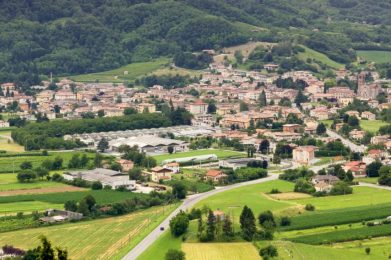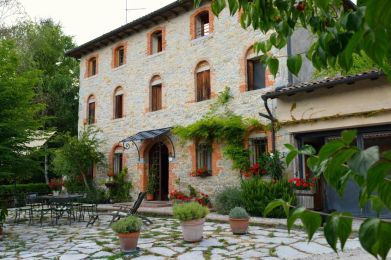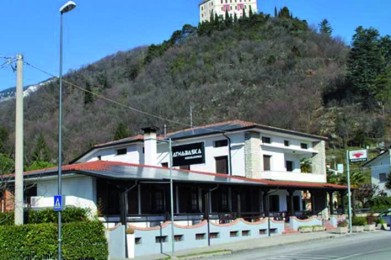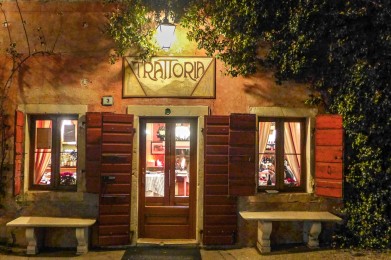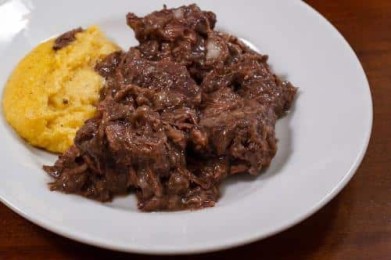Founded in 1146, the Abbey of Santa Maria, also known as the Abbey of Sanavalle, was for three centuries, until 1448, a hub of Cistercian culture, inspired by the Benedictine spirit of “pray and work” and the thought and aesthetics of St. Bernard: it built grist mills and woolen mills, reclaimed the area between the Piave and Livenza, and achieved remarkable achievements in monastic art, aimed at the creation of beauty, with its arches, capitals and columns and with its play of light, handing us masterpieces such as the cloister completed in 1268. The wooden crucifix from the Baroque period and the 1527 fresco by Francesco da Milano are the most important works from later centuries.
But the biggest excitement is given by the mysterious image of the Madonna with Child in the sandstone of the VI century, of oriental origin, perhaps nubiana, placed in a niche of the wooden ancona of the high altar, around which the Discovery – so at least the legend says – it would be sort of the primitive Church.
The plan of the basilica follows the Cistercian symbolism, in the form of a latin cross with the facade facing to the west and the apse in the east.
The inside is full of surprises: from stone walled in the cloister that attests to the completion of construction works in 1268, the fresco of the angel of the apocalypse that vigil on the cemetery of the monks (13th century) and the ‘capital of bees” at the entrance to the Refectory, which recalls the monks that bread is the fruit of your work. The bell tower is Romanesque the article more ancient of the complex, while the Foresteria, undergoing restoration, will return soon to make living rooms of the monks.
The Abbey of Follina can be visited every day from 7 a.m. to noon and from 14.30 to 19; is not allowed entry into the basilica with groups of visit during the unwinding of the religious functions. For more information and guided visits to the abbey complex you can contact the fathers of the Abbey.

